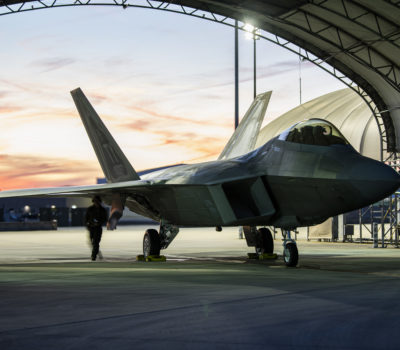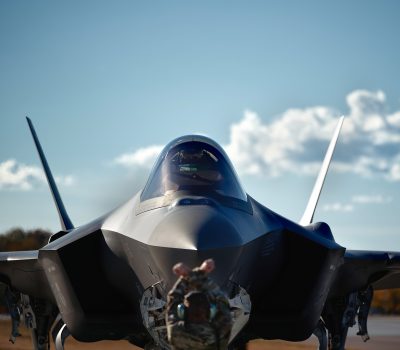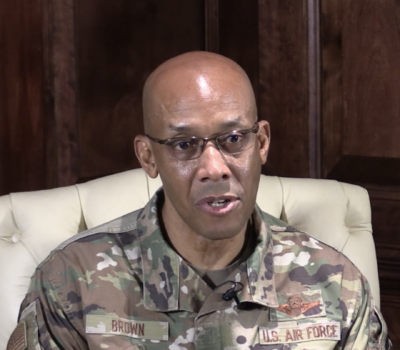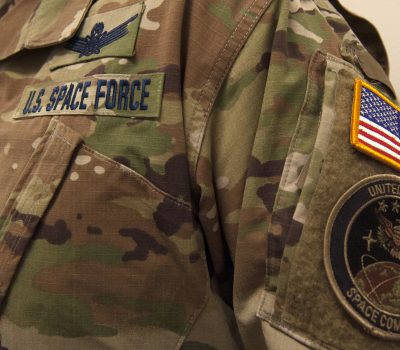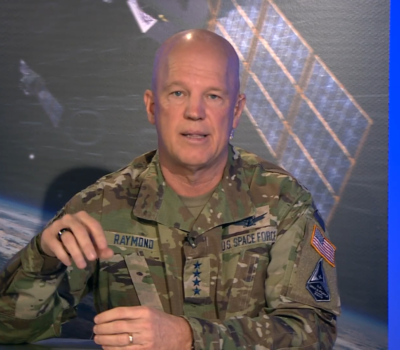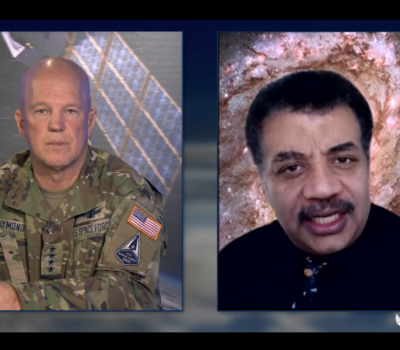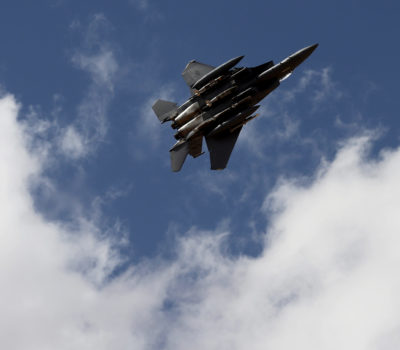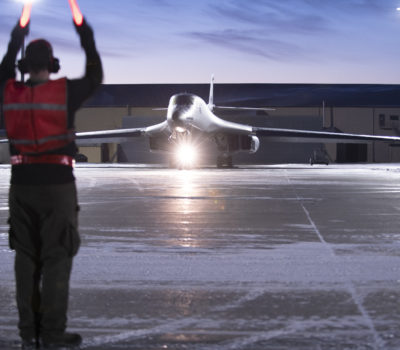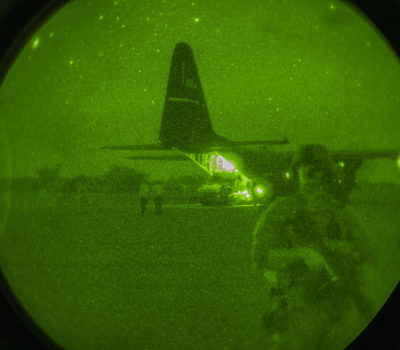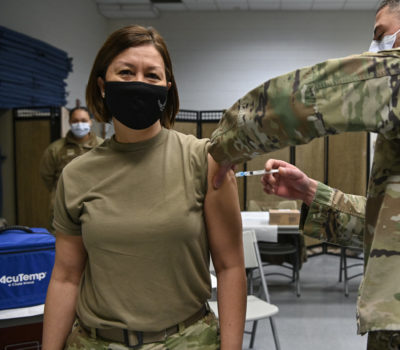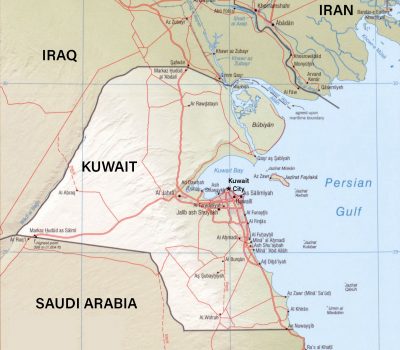TacAir Study Will Determine If F-35 Production Surge Needed
USAF Leaders Send Videos, Instructions to Units for Extremism Stand Down
Space Force to Test New Insignia Next Month
For Military Superiority in Space, Start with Safety
Watch, Read: Raymond and deGrasse Tyson Talk Space
‘Great Power Competition’ Occurring in Middle East With Interference, Contested Communications
Ray Claims Big Success with Bomber Task Forces
How Airmen and Aircraft Helped Move U.S. Forces Out of Somalia
Here’s How Air Force Leaders Are Fighting COVID-19 Vaccine Stigma
30 Years After Desert Storm: Feb. 26
Radar Sweep
WATCH: vAWS ‘21 Day 2 Highlight Report
Check out highlights from Day 2 of the Air Force Association’s virtual Aerospace Warfare Symposium.
US Conducts Defensive Airstrikes Against Iranian-Backed Militia in Syria
American forces have struck at an Iranian-backed militia in Syria that launched rocket attacks against U.S. bases in Iraq, Pentagon Press Secretary John F. Kirby said.
Dozens of House Democrats Call on Biden to Give Up Sole Nuclear Launch Authority
Nearly three dozen House Democrats are urging President Joe Biden to relinquish his sole authority to order the launch of nuclear weapons, arguing that no single person should wield apocalyptic military power.
After Trump, Pentagon Reckons with Fortune Wasted on F-35
The Pentagon has spent about $1.7 trillion on a jet that former President Donald J. Trump loved to talk about. But the military never got its money's worth. MSNBC's Brian Williams explains.
Island-Hopping F-35s Test Pacific Air Forces’ Agility Concept
A pair of jets flew two missions from different airfields on the same day in a bid to complicate Chinese targeting.
Space Force Sees Itself as a Startup Trying to Launch a New Product
Chief Master Sergeant Roger Towberman said the Space Force is trying to balance tradition against a desire for innovation and for doing things differently.
AFRL Pushes Laser ‘SHiELD’ Flight Test Back, Again
The first full-up flight test of the Self-Protect High Energy Laser Demonstrator (SHiELD) is now slated for 2024, Jeff Heggemeier, Air Force Research Laboratory program manager, told Breaking Defense in an email. Some ground testing will be undertaken between now and then to “ensure system performance.” AFRL originally planned a flight test in 2021; last summer they pushed the date out to 2023.
Military Academies’ Sex Assault Numbers Were Steady, Then COVID-19 Hit
The number of sexual assaults at the military service academies was lower than the previous academic year, but it likely would have been at least at the same level had schools not sent students home in the fourth quarter due to the COVID-19 pandemic, according to a new report.
Yes, There Is a ‘Pink Tax’ on Women's Military Uniforms, Report Finds
A new congressionally ordered report into the out-of-pocket costs incurred by service members for uniform items confirms the long-held suspicion of many female troops that they're paying more than their male counterparts—and shows that sometimes the difference is dramatic.
52 Years Ago, This Airman Threw Himself on a Burning Flare to Save His Crew
After his aircraft was hit by an enemy mortar round, John Levitow saved his entire aircrew from certain death.

